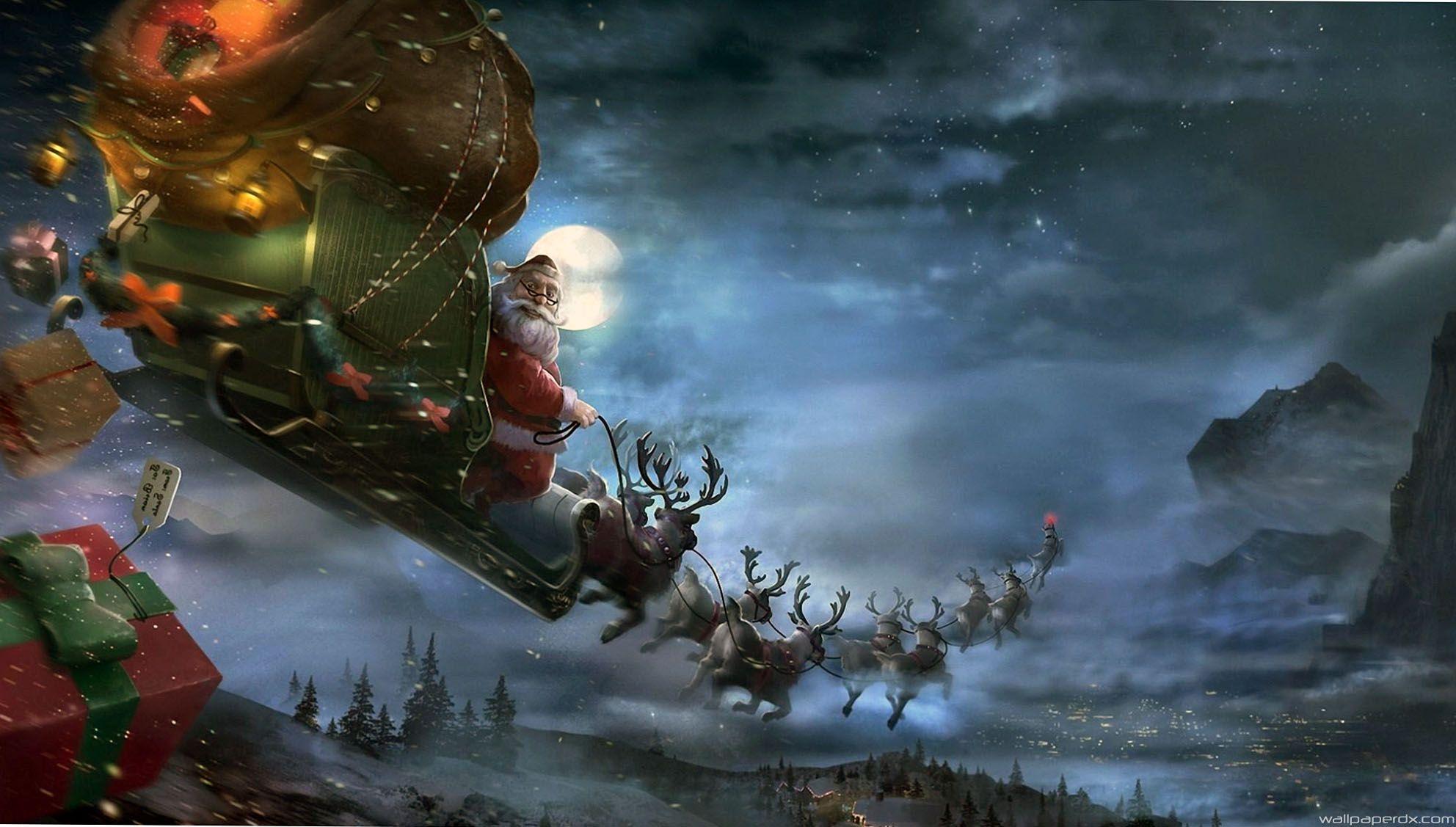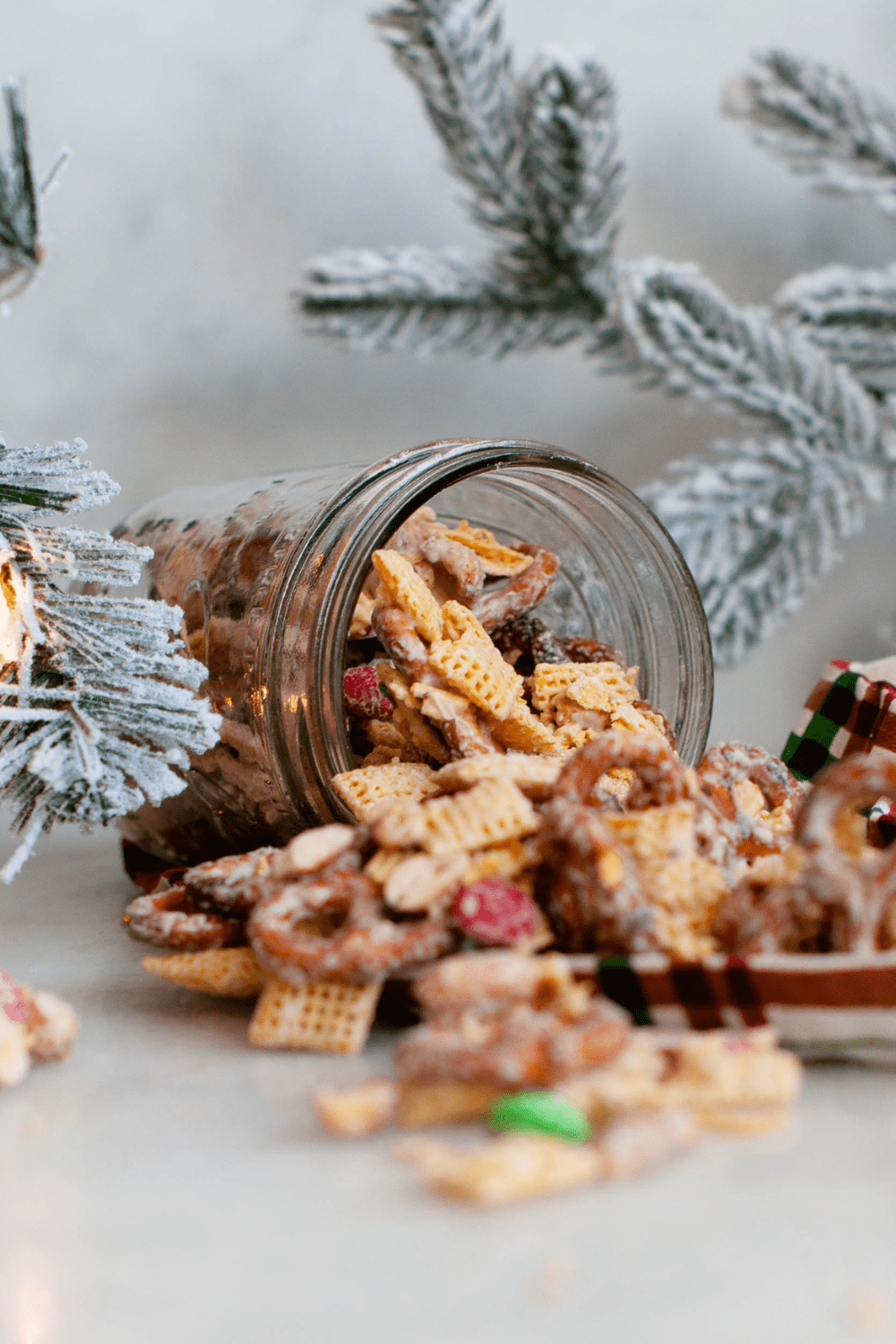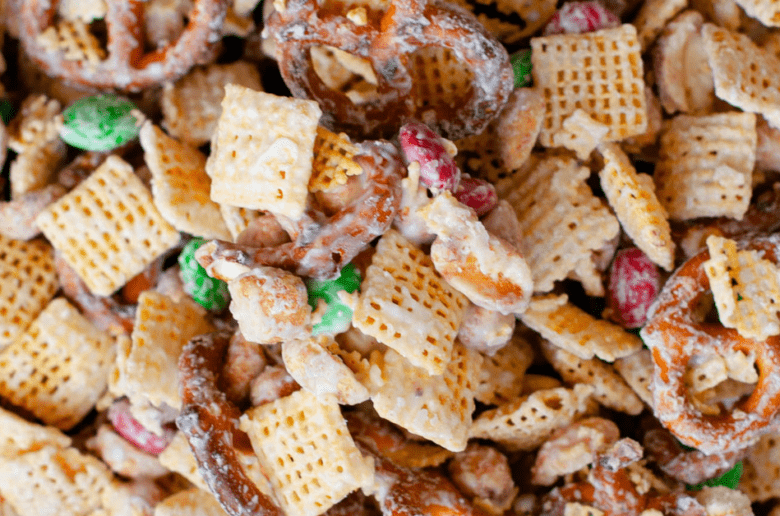A Comprehensive Exploration of Christmas Reindeer Crack: A Misunderstood Phenomenon
Related Articles: A Comprehensive Exploration of Christmas Reindeer Crack: A Misunderstood Phenomenon
Introduction
In this auspicious occasion, we are delighted to delve into the intriguing topic related to A Comprehensive Exploration of Christmas Reindeer Crack: A Misunderstood Phenomenon. Let’s weave interesting information and offer fresh perspectives to the readers.
Table of Content
A Comprehensive Exploration of Christmas Reindeer Crack: A Misunderstood Phenomenon

The phrase "Christmas reindeer crack" is a colloquial term that has emerged in recent years, often used to describe a supposed phenomenon of reindeer experiencing a period of heightened energy and activity during the Christmas season. While the term itself is lighthearted and humorous, it often sparks curiosity and raises questions about the behavior of reindeer during this time. However, a deeper examination reveals that the concept of "Christmas reindeer crack" is a misconception, rooted in cultural narratives and popular imagination rather than scientific evidence.
Unpacking the Myth: Reindeer Behavior and Christmas Traditions
The idea of reindeer exhibiting "crack-like" behavior during Christmas likely stems from a confluence of factors, including:
- Cultural Narratives: The image of Santa Claus’s reindeer, depicted as energetic and agile, pulling a sleigh through the night sky, has become deeply ingrained in Christmas traditions. This imagery, often portrayed in festive illustrations and holiday movies, contributes to the perception of reindeer as particularly lively during the Christmas season.
- Seasonal Variations: Reindeer, like many other animals, experience seasonal changes in their behavior and physiology. These changes are driven by factors such as variations in daylight hours, food availability, and mating cycles. While some of these seasonal shifts might coincide with the Christmas season, they are not directly related to the holiday itself.
- Misinterpretation of Behavior: The heightened activity observed in reindeer during certain periods could be misconstrued as "crack-like" behavior. This misinterpretation might arise from a lack of understanding of reindeer behavior and the complex interplay of environmental and biological factors that influence their actions.
Scientific Understanding of Reindeer Behavior
Scientific research on reindeer behavior provides a more nuanced perspective than the popular notion of "Christmas reindeer crack." Studies have revealed that reindeer exhibit a variety of behaviors throughout the year, influenced by several factors:
- Migration Patterns: Reindeer are known for their long-distance migrations, traveling vast distances in search of food and suitable breeding grounds. These migrations are often timed to coincide with changes in seasons and food availability, influencing reindeer activity levels.
- Mating Season: During the mating season, which typically occurs in the autumn, male reindeer engage in competitive behaviors, such as displaying antlers and fighting for dominance. These activities can lead to increased energy levels and heightened activity.
- Calving Season: Reindeer give birth to their calves in the spring, and this period is characterized by increased maternal care and foraging activity. Calves are highly dependent on their mothers for survival, leading to a surge in maternal behavior and energy expenditure.
The Importance of Responsible Information
It is crucial to approach the concept of "Christmas reindeer crack" with a critical and informed perspective. While the term might be used for humorous purposes, it is essential to recognize that it is not based on scientific evidence. Spreading misinformation about animal behavior can have unintended consequences, potentially leading to misconceptions and misinterpretations that could impact animal welfare.
FAQs Regarding Christmas Reindeer Crack
Q: Do reindeer really experience a "crack-like" state during Christmas?
A: No, there is no scientific evidence to support the notion of reindeer experiencing a "crack-like" state during Christmas. This idea is a popular misconception stemming from cultural narratives and festive imagery.
Q: What factors influence reindeer behavior during the Christmas season?
A: Reindeer behavior is influenced by several factors, including their migration patterns, mating season, calving season, and environmental conditions. These factors are not directly linked to the Christmas holiday.
Q: Is the term "Christmas reindeer crack" harmful?
A: While the term is often used in a lighthearted manner, it can contribute to the spread of misinformation about reindeer behavior. It is important to approach the topic with a critical and informed perspective.
Tips for Understanding Reindeer Behavior
- Consult Scientific Sources: Seek information from reliable scientific sources, such as research papers, journals, and wildlife conservation organizations.
- Avoid Misinformation: Be cautious of sources that promote unverified claims about animal behavior.
- Promote Responsible Information: Encourage the sharing of accurate and evidence-based information about reindeer and other wildlife.
Conclusion
The concept of "Christmas reindeer crack" is a fascinating example of how cultural narratives and popular imagination can shape our understanding of animal behavior. While the term may be entertaining, it is important to remember that it is not supported by scientific evidence. By promoting responsible information and engaging with scientific research, we can foster a more accurate and informed understanding of reindeer and other wildlife.








Closure
Thus, we hope this article has provided valuable insights into A Comprehensive Exploration of Christmas Reindeer Crack: A Misunderstood Phenomenon. We appreciate your attention to our article. See you in our next article!